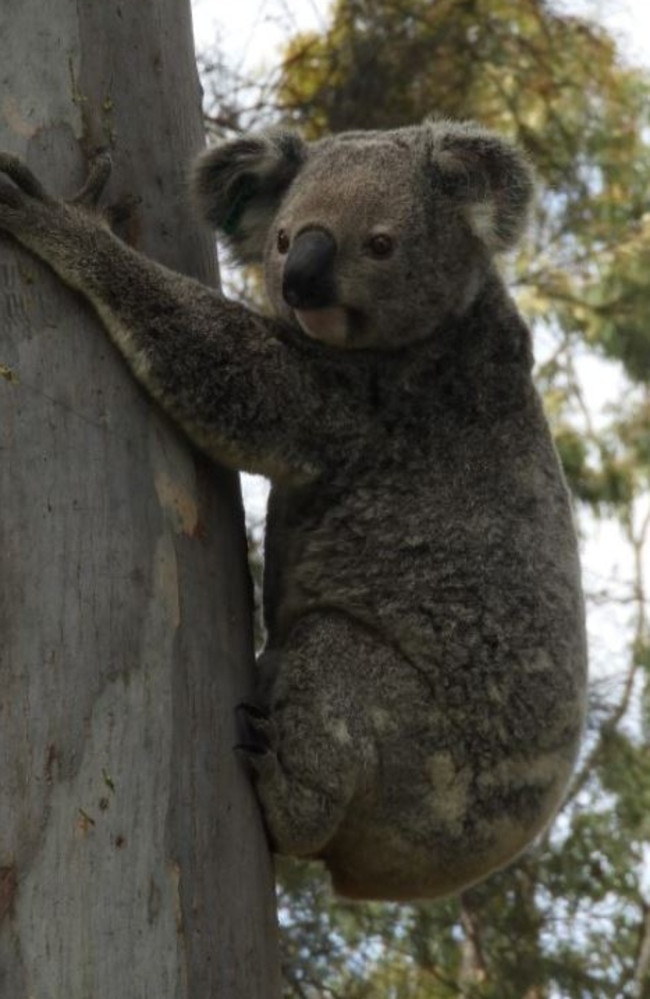ALP approved Toondah high-rise hours before caretaker mode
In its dying hours, the former Labor state government approved a contentious high-rise tower despite the federal government rejecting other plans due to “unacceptable impacts”.

A decade-long battle to protect koalas and globally significant wetlands has taken a blow, with approval for a seven-storey apartment block on prime waterfront land near a bustling ferry terminal.
Details of the “surprise” state government approval for the units which will be on a flood plain next to the controversial Toondah Harbour ferry terminal southeast of Brisbane, emerged at the weekend.
The news ignited community backlash after it was revealed the project, by Karote ATF Chippers Trust, was greenlit on September 30, the last day before the former Labor Government entered caretaker mode.
It also prompted renewed calls for the repeal of the PDA, which critics claim prioritises development over environmental and community concerns.

The seven-storey block of 30 apartments will be built within the state government’s Toondah Harbour Priority Development Area on Shore Street East in Cleveland, and will be in walking distance to the ferry terminal, one of the state’s busiest.
It will neighbour the heritage-listed Fernleigh, a property recognised for its historic and architectural significance.
It will also back onto G.J. Walter Park, home for koalas already facing significant environmental pressures.
The proposed apartment block will also include 63 car parks, and floor levels designed to mitigate flood risks by maintaining a minimum height of 3.46m.
Approval conditions require measures to protect adjacent trees during construction, but critics have argued they are insufficient to address broader environmental concerns including building on a flood plain.
Owners of the land Karote ATF said multistorey development had been permissible at the site for years, and the state’s PDA designation just allowed streamlined approvals to encourage economic growth.
“This area has been zoned for this type of development for a long time and it is projects such as this that are essential for addressing housing demand and supporting local infrastructure development,” a sustainability study by Eco Lateral said.

But environmental advocates and local residents have expressed outrage the building would be on flood-prone land, citing the potential impact on insurance premiums and on a colony of koalas that live in trees on the foreshore.
Other concerns included a loss of carparking for ferry customers during peaks periods.
The approval raised concerns with local lobby group Redlands2030, which said the areas had always been zoned for units but with fewer storeys than the current proposal.
“The approval appears to be based on outdated Queensland government assumptions about sea level rises, which appear to be outdated and insufficient compared to data from New South Wales,” the group said.
“The state’s current models are based on the 2014 Intergovernmental Panel on Climate Change report, whereas New South Wales has updated its standards using more recent data.
“The NSW government assumption is that there could be a 1 metre increase in sea level rise by 2100 and yet if you cross the Tweed into Queensland, the rise is assumed to be 0.8m.
“The development must include some increased koala habitat on the footpath in front of the units but there are no plans for that,” Redlands2030 said.

An assessment of flood risk of the site, on the Cleveland foreshore, was undertaken by The Pitch Black Group, engaged by the applicant, Karote ATF Chippers Trust.
The Pitch Black assessment found that by the year 2100, there was a 1 per cent chance of an annual storm tide flood reaching 3.16m above the standard Australian Height Datum (AHD).
To mitigate that risk, the report said the units’ ground floor areas and all critical infrastructure were designed to be at or above 3.46m AHD, giving a “freeboard” leeway of 300mm above the predicted flood level.
The assessment also addressed the placement of pad-mounted transformers, which are essential for the electricity supply and will be above the 3.16m AHD.
Additionally, the assessment pointed out that access to the site along Shore Street East might become difficult during severe storm tide events in 2100.
To prepare, a flood emergency management plan was created and includes detailed instructions for residents before, during, and after a flood.
An analysis of the existing stormwater network along Shore Street East revealed the drainage infrastructure was sufficient to handle the water from a fully developed catchment.
Other concerns were about the Toondah koala population, which has been under threat from habitat loss and urban development for more than 20 years.

Conservationists and Redlands2030 warned that increased construction activity, coupled with additional traffic from the new development, would exacerbate pressure on the colony.
The proximity of the development to Fernleigh, which is listed on the Queensland Heritage Register, also raised concerns.
Critics argued that the towering modern structure is incompatible with the historical character of the nearby heritage-listed property.
“This is an inappropriate development, right next to Fernleigh. The government has ignored community wishes and failed to protect the character of this iconic site,” said a resident, who wanted to remain anonymous.
The site falls under the Toondah Harbour PDA, declared in 2013, which grants development approval powers to Economic Development Queensland.





